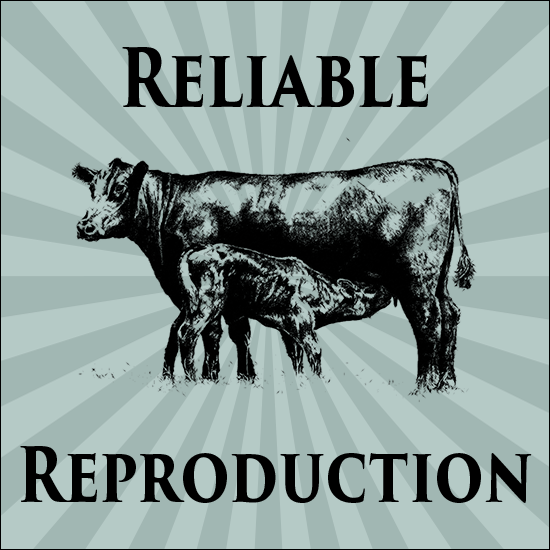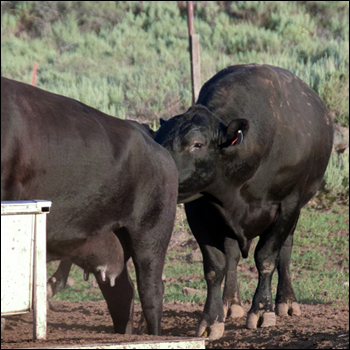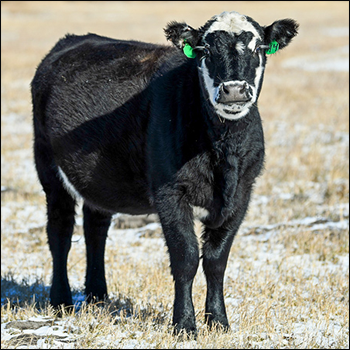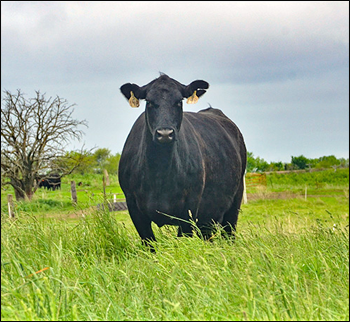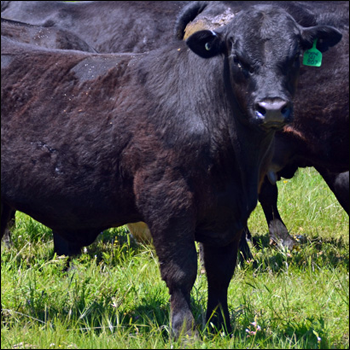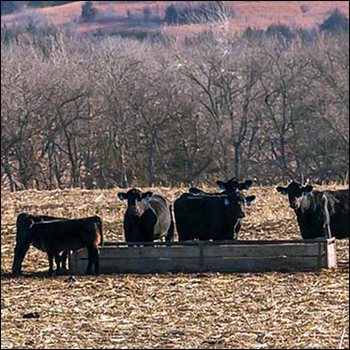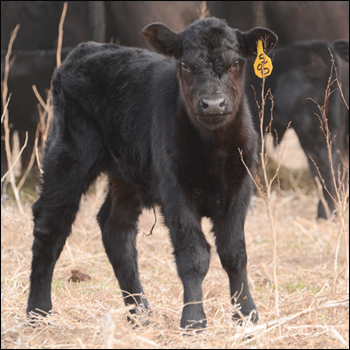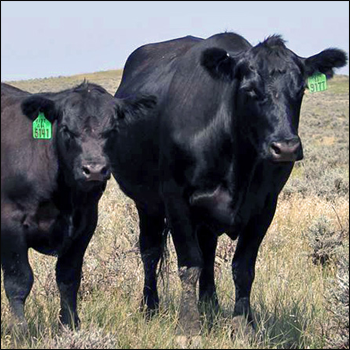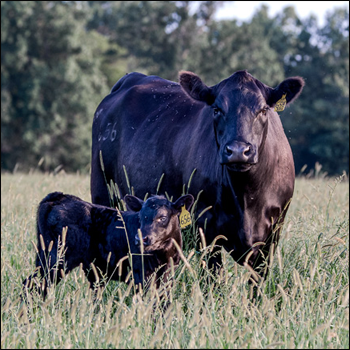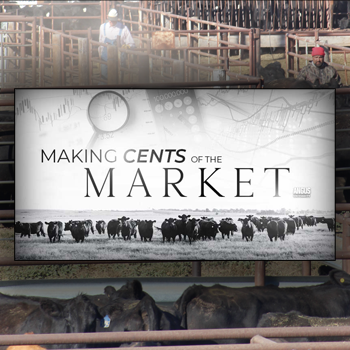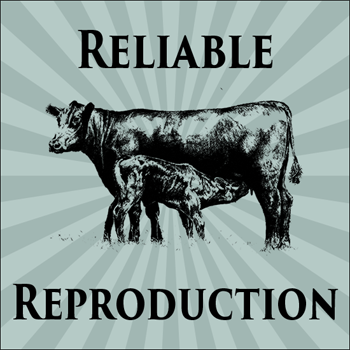
Holding on to Calves Through a Down Market
There are factors to consider if you want to wait for better prices.
First it was just drought. Now we have war in eastern Europe. On Feb. 15 the April contract for feeder cattle on the futures market was more than $172.55. On April 11 the same contract closed at $156.65. Live-cattle futures for April contracts are down more than $8 from their February high. Corn is up more than $1 per bushel (bu.), and wheat is up $2. The futures market jitters have given a lot of us more to worry about.
Producers have asked about keeping calves through these low markets until prices improve. Whether this is possible or advisable depends on the ability to lock in prices to control the risk of further price erosion. There are several ways that cattle can be retained to delay marketing. The recommendation of which production system to use depends on several factors related to the size and type of cattle, available resources and producer risk tolerance.
The calves kept to graze wheat or other cool-season annuals will be coming off pasture within a month. If markets haven’t recovered and producers want to keep them longer, we have a few options for retaining ownership and adding further value.
Larger cattle grazed out on wheat, weighing more than 650 pounds (lb.), should not be held over on warm-season grass. On wheat pasture, these calves often gain more than 2.5 lb. per day. Through the years, cattle on wheat pasture studies conducted in Oklahoma and Arkansas report gains from 2.2 lb. to 3.3 lb. per day from late February to early May (65-80 days). These cattle have probably gained 150 lb.-250 lb. and should go to the feedyard weighing 800 lb.-900 lb. Retaining onto warm-season grass can give gains of up to 2 lb. per day through the early summer, adding low-cost gain to calves already on the inventory.
Calves from research from Arkansas were placed on feed at 880 lb. following an extended wheat-grazing program. These cattle gained 3.4 lb. per day during finishing and weighed 1,283 lb. at slaughter. In another Arkansas trial, yearlings fed after wheat pasture gained 4.9 lb. per day and were slaughtered at 1,323 lb. These two sets of cattle provide a range of performance expectations from about average to much better than average.
A summary of yard closeouts from Hitch Enterprises shows that steers weighing 900 lb. when entering the feedlot were slaughtered at 1,466 lb., they were on feed for an average of 142 days, gained 3.78 lb. per day, with 6.38 lb. of feed required per pound of gain. Lighter steers weighing 700 lb. were on feed for 183 days, gained 3.48 lb. per day, required 6.13 lb. of feed per pound of gain, and were slaughtered at 1,402 lb.
The Focus on Feedlots Kansas Feedlot Performance and Feed Cost Summary, conducted by Kansas State University’s Justin Waggoner, of feedlot closeouts from February shows steers gained 3.64 lb. per day and cost of gains were $113.74 per hundredweight (cwt.) with expected cost of gain to be $125 per cwt. for cattle placed on feed that month.
Corn getting more expensive and high fertilizer prices may reduce the corn acres planted this spring. Research indicates that cost of corn explains 58%-67% of variability of cost of gain, but price of fed cattle and feeder cattle explains 70%-80% of feeding profit risk. This will have a big effect on the price of feeder cattle and the willingness of feeders to purchase cattle.
Live-cattle futures were right at $136-$144 for when feeders going on feed in late February will be marketed in August through October. Cattle placed on feed in June will be coming off feed at a higher market of $149 in December. There is considerable risk in this, but there is potential for positive movement in the market. Even so, don’t bet the farm without some form of risk protection in place.
Figuring out a way to keep calves until markets improve can be tricky with high feed prices.
Editor’s note: Paul Beck is an Oklahoma State University Extension beef cattle nutrition specialist. Beck and Dave Lalman discuss some alternatives for doing this in a recent Rancher’s Thursday Lunchtime webinar at https://www.youtube.com/watch?v=e7v-zTmzzHw&t=2207s. This article is reprinted with permission from Cow-Calf Corner newsletter. Photo by Kasey Brown.

Angus Proud
In this Angus Proud series, Editorial Intern Jessica Wesson provides insights into how producers across the country use Angus genetics in their respective environments.
 Angus Proud: Scott Sproul
Angus Proud: Scott Sproul
Oklahoma operation learned wisdom of moving calving season to better suit their marketing needs.
 Angus Proud: Bubba Crosby
Angus Proud: Bubba Crosby
Fall-calving Georgia herd uses quality and co-ops to market calves.
 Angus Proud: Jim Moore
Angus Proud: Jim Moore
Arkansas operation retains ownership through feeding and values carcass data.
 Angus Proud: Les Shaw
Angus Proud: Les Shaw
South Dakota operation manages winter with preparation and bull selection.
 Angus Proud: Jeremy Stevens
Angus Proud: Jeremy Stevens
Nebraska operation is self-sufficient for feedstuffs despite sandy soil.
 Angus Proud: Dave Rutan
Angus Proud: Dave Rutan
Angus breeder gets the most out of his bull investment by partnering with opposite calving-season operation.
